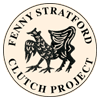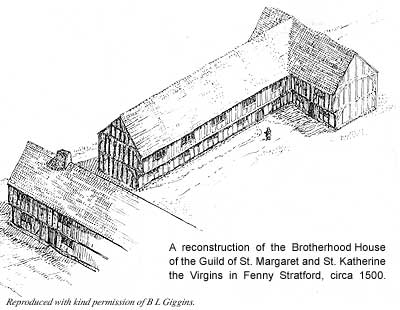 |
|
In 1204, the then Lord of the Manors of Water Eaton and Simpson, Roger de Caux, determined the future of Fenny Stratford as a prosperous market town by obtaining royal consent to hold a Monday market and placing it in Fenny Stratford on Aylesbury Street. With the addition of an annual fair, granted to John de Grey in 1252, Fenny rapidly established itself as a centre of local trade.
In 1493 Henry VII granted a licence to the citizens of the town to found the guild of St. Margaret and St. Katherine and appoint a priest. The chantry chapel was built and in 1529 Fenny Stratford had its own vicar. However, some twenty years later, during the dissolution of the monasteries under Henry VIII, the chapel was sold off and mostly dismantled, although part of the Brotherhood House survives. It is adjacent to the Roman Way Tavern, formerly the Bull House. |
|
|



